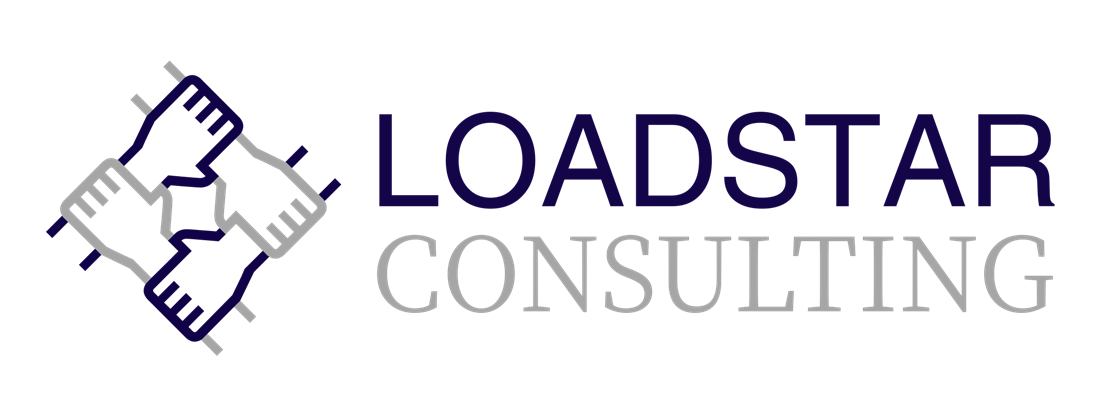The Impact of AI on the Nonprofit Industry: Driving Mission Forward
December 6, 2024 | 7 min read
AI empowers nonprofits like yours to maximize impact. It’s not replacing your passion—it’s freeing up time so you can focus on what matters most: connecting with your community and driving change.
For nonprofits, every resource counts, and every hour matters. That is why artificial intelligence (AI) is becoming a trusted ally for nonprofits like yours—helping you do more good with less effort! AI is not just a tool for large organizations; it is a practical and accessible tool that you, too, can use to amplify your impact!
The nonprofit world will forever be about the people and causes. No tool can replace the individuals who dedicate themselves daily to the issues they care about most. AI is not here to replace you; it is here to help create more time for you to focus on what you do best—connecting with your community and driving change! Topics covered include
How AI Can Transform Nonprofits
AI can reshape how nonprofits engage with donors, raise funds, run campaigns, and deliver programs. It’s not about fancy gadgets or complex systems—it’s about simple, accessible tools that make your everyday work easier. Whether you want to deepen relationships with constituents, save time on administrative tasks, or reach more people in need, AI offers exciting opportunities to assist you with your efforts. This blog explores ways nonprofits can benefit from AI tools such as DonorSearch AI, ChatGPT, AppealAI, and CharityGPT to achieve more—without breaking the bank or burning out your team.
1. Personalized Engagement
Every individual connected to your organization—whether a prospect or a donor—has unique motivations and preferences. AI tools can help you create personalized outreach that engages prospects and shows donors how much they matter. Tools like DonorSearch AI analyze wealth and philanthropic behavior patterns to identify individuals most likely to give; meanwhile, tools like AppealAI, a feature of Funraise, craft tailored appeals that speak directly to their hearts.
User Success Story
- A nonprofit using DonorSearch AI experienced an immediate boost in fundraising within just a month. The tool also helped them uncover new grant opportunities, including a major local foundation aligned with their mission.
Imagine expanding your reach by identifying more potential donors and uncovering new grant opportunities with tools like DonorSearch AI!
2. Smarter Fundraising with Predictive Analytics
AI takes the guesswork out of fundraising by analyzing data and identifying high-potential constituents. Donor AI, launched by BWF, uses advanced analytics powered by IBM Watson to forecast campaign outcomes and identify top prospects. Donor AI empowers nonprofits to make data-driven decisions and enhance their fundraising strategies.
You can better allocate resources, target the right donors, and achieve faster results by integrating tools like DonorSearch AI or Donor AI into your operations.
3. Streamlining Content Creation
Nonprofit staff wear many hats, so you may often squeeze content creation between priorities. AI tools like ChatGPT and CharityGPT can simplify this process, helping you draft grant proposals, newsletters, and social media posts quickly and effectively—so you can stay connected with your constituents without spending hours at your computer.
User Success Story
- A nonprofit in Brazil uses ChatGPT to streamline the preparation of grant proposals and adapt content for donor templates in multiple languages. ChatGPT has helped them access a broader range of funding opportunities by simplifying the process of connecting with international donors.
Imagine what you can achieve with a little extra time and energy. With these tools, you can focus on fine-tuning your messaging rather than starting from scratch, helping you save time and enhancing the quality of your outreach.
4. Bridging Language Barriers
For nonprofits serving diverse communities, effective communication is essential. AI-powered language tools like Google Translate, Microsoft Translator, and DeepL Translator can help bridge those gaps, making connecting with everyone you serve easier. What makes it even better is they offer affordable, user-friendly solutions.
These tools are more than just translators—they provide a way to make your programs more inclusive and your message clearer. They use advanced technology to understand context and nuance, ensuring your words resonate. These tools can help your nonprofit to:
- Translate essential resources, like program brochures or outreach materials, so no one is left behind.
- Facilitate communication with constituents of different languages, ensuring everyone feels heard and valued.
- Build trust and understanding with the communities you serve by providing accessible and inclusive communication.
Incorporating AI-powered language tools into your day-to-day tasks can save you time, reduce costs, and ensure your message reaches every corner of your community—no matter the language. While AI can support nonprofits in various ways, from fundraising to content creation, its ability to bridge communication gaps through tools like these ensures that your mission reaches everyone—no matter what language they speak.
Easing into AI
Limited budgets, small teams, and competing priorities can make incorporating new technology into your processes feel out of reach. But the beauty of AI tools today is that they are accessible and user-friendly, even for organizations just beginning their AI journey. To help you ease into AI, here are a few practical steps:
- Identify Your Pain Points: Identify one or two challenges that consume time or resources. For example, are you spending too much time managing donor lists or drafting emails? Focusing on a specific issue will make it easier to choose the right tool.
- Explore Free or Low-Cost Options: Many AI tools, like Google Translate, Grammarly, or ChatGPT, offer free or affordable pricing options. Begin with tools that provide immediate value without requiring a significant investment.
- Leverage Support Networks: Connect with other nonprofits, online communities, or organizations like the Nonprofit Technology Network (NTEN) to learn how they use AI. These networks often share case studies, resources, and insights tailored to nonprofits.
- Start with One Tool: Try to avoid the urge to adopt multiple tools at the same time. Start with a single solution—like using ChatGPT to draft grant proposals or AppealAI for personalized donor outreach—and build from there as you learn how to use AI effectively.
- Train Your Team: Even the most intuitive tools require some learning. Dedicate time to training your staff so they feel confident using the technology. Many providers offer tutorials or customer support to help nonprofits get started.
By taking these small, intentional steps, you can begin to explore AI without feeling overwhelmed. Adopting AI does not have to be an all-or-nothing decision. Start small, experiment, and build your confidence over time. With the right approach, AI can become a trusted partner that helps you work smarter, serve better, and make an even more significant impact on the causes you care about most.
AI as a Partner
AI is not a replacement for the passion, creativity, or heart that drives nonprofits—it’s a partner that enhances your efforts. By automating repetitive tasks, providing actionable insights, and simplifying complex processes, AI helps you to focus on what truly matters: your mission and the people you serve.
Think of AI as an extra set of hands to help you work smarter. Whether drafting grant proposals, segmenting donor lists, or analyzing program data, AI tools can help you streamline operations, strengthen relationships, and amplify your impact.
The beauty of AI lies in its flexibility. You can start small—using a single tool for a specific challenge—and grow your capacity over time as you see results. By partnering with AI, nonprofits of all sizes can break through limitations, seize new opportunities, and create meaningful change!
Final Thoughts
The potential of AI in the nonprofit industry is immense, but it is not about replacing people or reshaping missions—it’s about elevating what nonprofits already do best. By embracing AI, you can tackle challenges more efficiently, engage constituents more effectively, and extend your impact to new heights.
Today is the perfect moment to see how AI can become a trusted partner in your work. Start small, be intentional, and let AI help you focus on what truly matters—serving your community and driving the change you want to see in the world.

